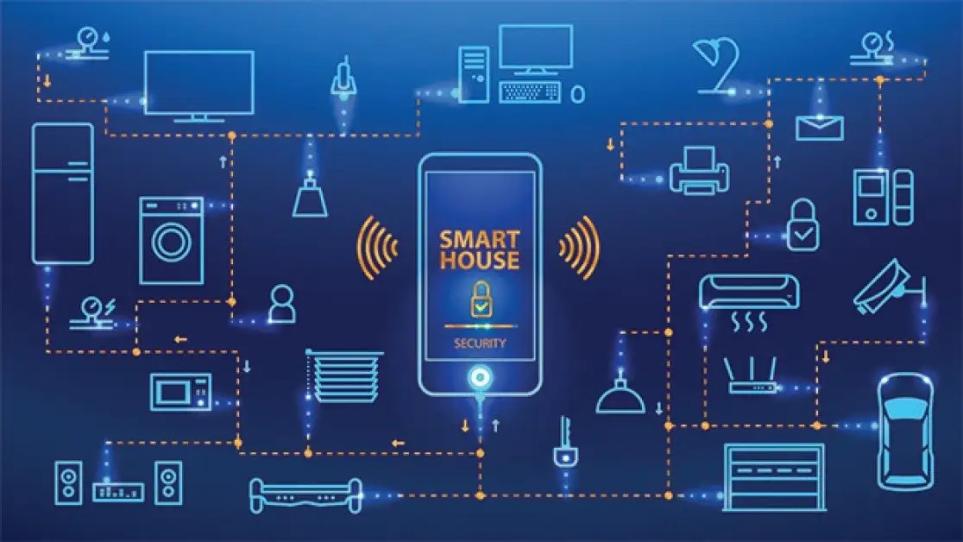1. Powerful connectivity: The 5G eSIM cloud platform combines the advantages of 5G and cloud computing to provide enterprises with powerful connectivity. 5G technology provides higher speeds, lower latency and greater capacity, enabling enterprises to achieve fast and stable data transmission and communication. And cloud computing provides flexible resource management and scalability, enabling enterprises to adapt and expand their services as needed.

2. Low cost and high efficiency: Using the 5G eSIM cloud platform, enterprises can avoid expensive infrastructure investments and instead take advantage of the virtual connectivity and resource sharing provided by the cloud platform. This reduces costs and increases efficiency for enterprises, making it easier for them to make rapid transformations. In addition, eSIM technology removes the physical limitations of traditional SIM cards, making device management easier and more flexible.
3. Global Reach Connectivity: The 5G eSIM cloud platform enables enterprises to achieve global reach without relying on VPNs or Wi-Fi. by partnering with local 5G carriers, enterprises can establish virtual connections globally and easily access corporate resources and remote devices regardless of their location. This provides global enterprises with tremendous convenience and competitive advantage.

4. Innovation and Competitiveness: Combining the benefits of 5G and cloud computing allows enterprises to deliver innovative services and remain competitive in their industries as they rapidly transform. 5G's high-speed connectivity and low latency open up a wider range of possibilities for new applications and services in areas such as healthcare, manufacturing, live streaming and the Internet of Things. The flexibility and scalability of cloud computing enable enterprises to respond quickly to market needs and deliver competitive solutions.
In summary, the 5G eSIM cloud platform combines the advantages of 5G and cloud computing to bring enterprises greater connectivity, cost efficiency, global reach and innovative competitiveness and thus promises to be the next great disruptor. It will help companies transform rapidly and stand out in the ever-changing market environment.

Using 5G technology, factories can realize multiple ways to work efficiently, including but not limited to the following:
1. Real-time monitoring and predictive maintenance: The high-speed and low-latency nature of 5G enables factories to monitor equipment and production processes in real-time. Through sensors and IoT devices, factories can collect real-time data and use 5G networks to quickly transmit and analyze this data. Operators can quickly identify potential safety hazards and equipment failures and take appropriate actions to enable predictive maintenance, thereby reducing the risk of equipment failure and improving productivity and reliability.
2. Real-time inventory tracking and supply chain optimization: 5G technology enables real-time logistics and inventory tracking. By using sensors and tags on equipment and items, factories can monitor the location, quantity and status of materials in real-time. This helps optimize supply chain management and improve material procurement, inventory management and delivery efficiency. Factories can better anticipate and respond to problems in the supply chain, reducing material shortages and production delays. Virtual and augmented reality: The high bandwidth and low latency of 5G networks offer factories the opportunity to implement virtual reality (VR) and augmented reality (AR) technologies. Workers can use these technologies for training, operational guidance and troubleshooting, improving efficiency and accuracy. Meanwhile, remote experts can provide remote support and assistance over 5G networks, speeding up troubleshooting and decision-making processes.
In summary, the application of 5G technology in the factory sector can enable improvements in real-time monitoring, predictive maintenance, real-time inventory tracking, supply chain optimization, quality control, and automation. This will help factories improve productivity and reduce the risk of failures and accidents while driving industrial digital transformation and enabling high





